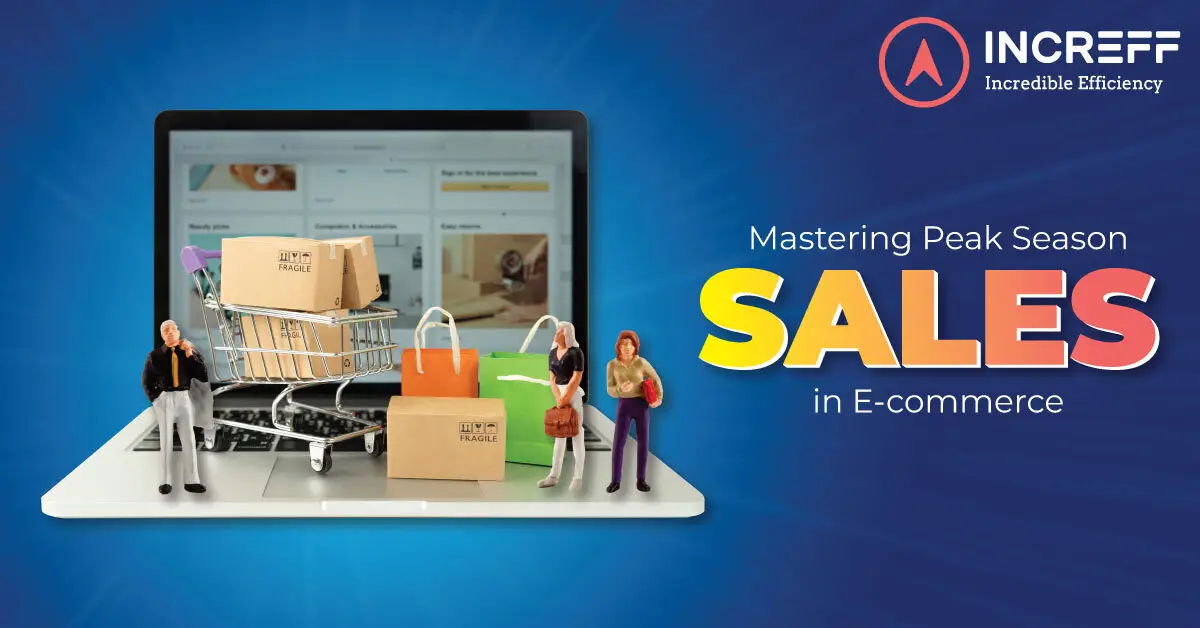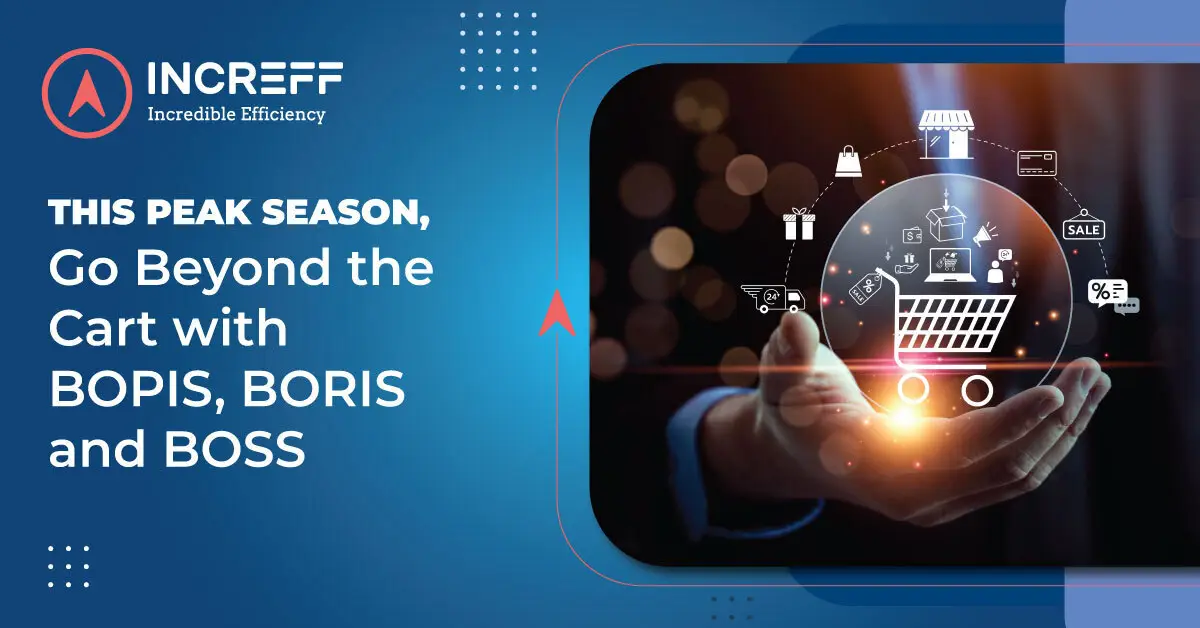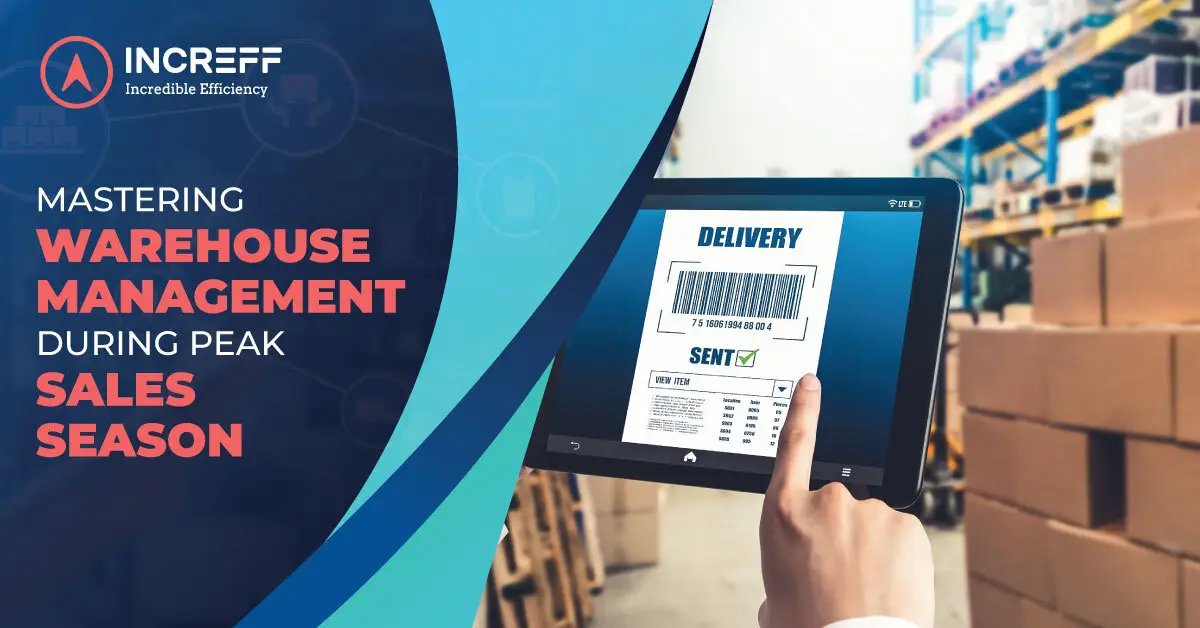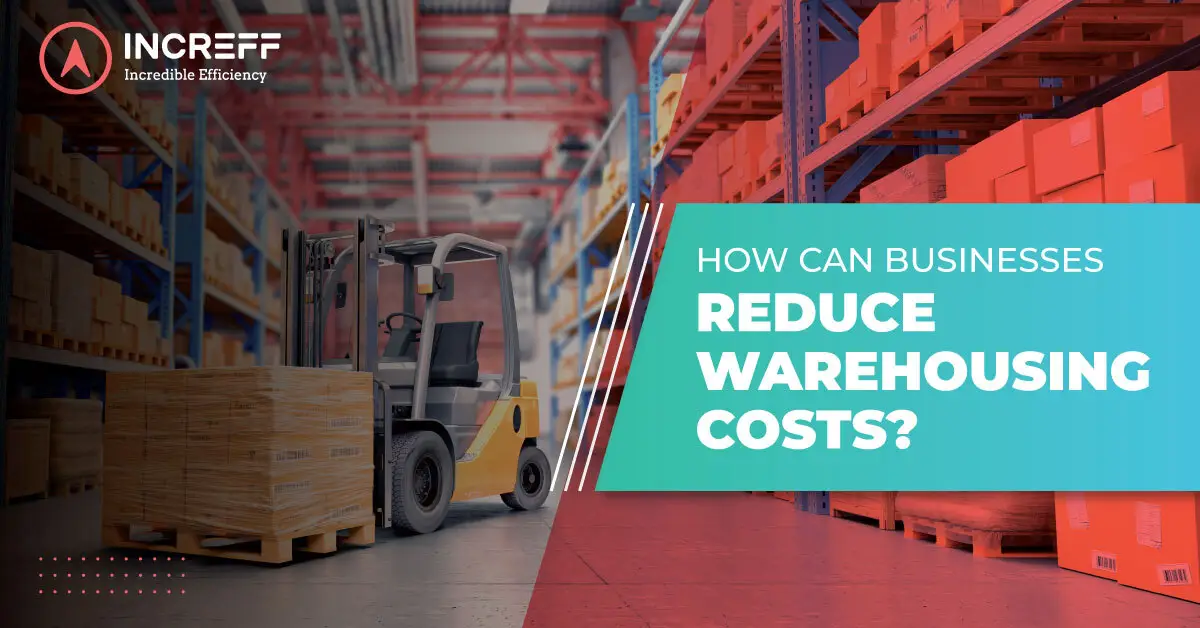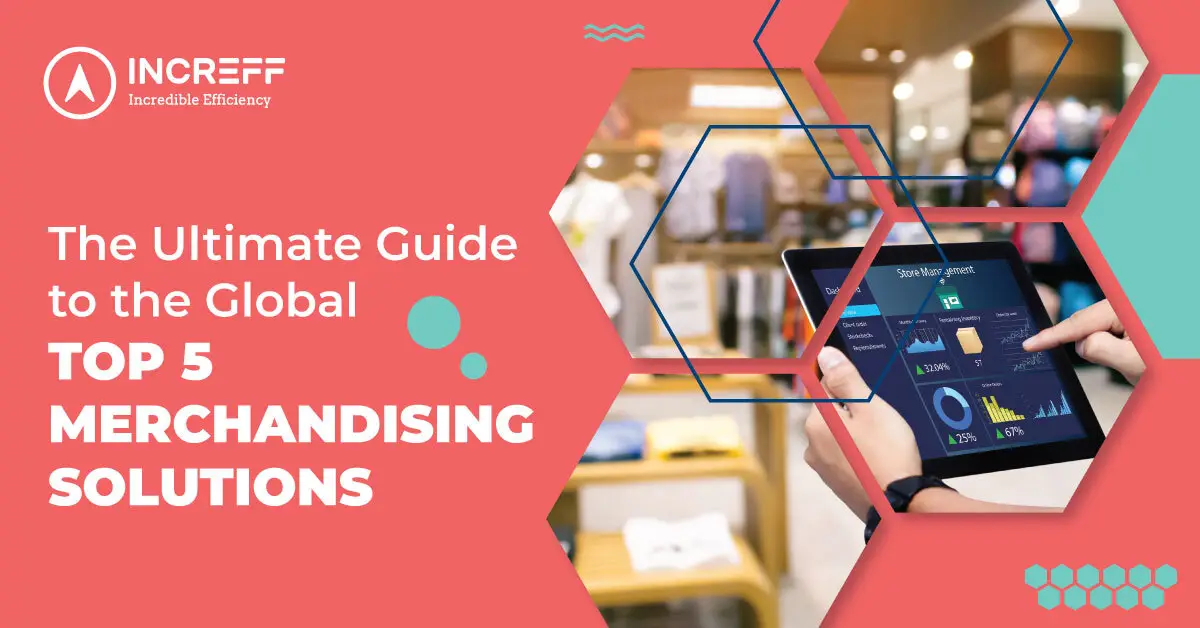How to sell effectively on online marketplaces?
Success in the fast-paced world of diverse marketplaces hinges on selling efficiently. As an e-commerce seller, you face a daunting challenge: standing out in a crowded digital marketplace while streamlining your operations to meet customer demands swiftly. To navigate this intricate landscape, you need the right tools and strategies to optimize your selling process and stay one step ahead of the competition.
Recent statistics demonstrate the undeniable impact of marketplaces in the retail industry. An eMarketer’s Worldwide eCommerce Forecast report indicates that 2023 e-commerce sales will contribute 20.8% of the total retail sales at $6.31 trillion. With millions of potential customers just a click away, it’s clear that embracing marketplaces is essential for businesses seeking exponential growth.
In the words of retail magnate Jeff Bezos, “Obsess over customers: when given a choice between obsessing over competitors or customers, always obsess over customers.” These words underline the central pillar of successful marketplace selling – prioritizing the needs and expectations of your target audience.
However, achieving this customer-centricity requires a robust infrastructure seamlessly integrating inventory management, order processing, and fulfillment. By harnessing the power of technology, businesses can supercharge their selling capabilities, enhance operational efficiency, and elevate customer satisfaction to new heights.
This blog will delve into the fundamental strategies and best practices that will empower you to sell efficiently in marketplaces.
Understanding the online marketplace landscape
E-commerce has transformed the way businesses and customers interact. While earlier, you would go to your favorite shop and restaurant if you wanted to buy some clothes or have food, things have changed now.
With internet access and countless online platforms, it has become easier to compare multiple options and choose the best. This poses a very fundamental challenge to businesses in offering customer service, product availability, pricing, and more.
But the online landscape also gives businesses a serious advantage. It is the access to a vast customer base, allowing them to tap into a global audience that would otherwise be challenging to reach.
Moreover, marketplaces provide a tremendous advantage in terms of built-in traffic. With millions of potential buyers browsing marketplace platforms daily, sellers can capitalize on the high visibility and exposure, significantly reducing the need for extensive marketing efforts and customer acquisition strategies. The changing dynamics between customers and businesses mean companies must adapt and change their strategies to sell efficiently on these online platforms.
Strategies for efficient selling in Marketplaces

The online marketplace landscape is a dynamic and ever-evolving ecosystem that presents many challenges and immense opportunities for sellers. To stay relevant in the market, businesses need to rethink their strategies and stay updated with the latest trends in the e-commerce landscape.
1) Branding
Building a strong brand presence instills trust and credibility among online shoppers. A well-defined and consistent brand image sets you apart from the competition in a marketplace environment where multiple sellers offer similar products. Customers are more likely to choose a brand they recognize and trust, which can lead to increased sales and customer loyalty.
A survey conducted by Salsify in the United States suggests that 43% of consumers are willing to pay extra for the brand they trust. This highlights how important branding is to sell in online marketplaces. As a brand, you must also revamp stories about your classic core products, which you end up reordering from time to time.
Effective branding helps you create a unique identity that resonates with your target audience. A strong brand can also evoke emotions, forge deep connections with customers, and shape their perceptions of your products.
All in all, branding is a really powerful tool for selling effectively in online marketplaces. By establishing trust, creating a differentiated identity, building emotional connections, and leveraging brand advocacy, you can increase your visibility, attract loyal customers, and drive sales in the competitive marketplace.
2) Inventory optimization
Optimizing your inventory is crucial for ensuring efficiency in managing online sales in marketplaces. Now there are a lot of aspects to this. Firstly, brands must expose 100% of their inventory on all marketplaces instead of segregating stocks for different sales channels. It will ensure that no matter which platform a customer finds you on, they can access all your stock. This can increase sales by 2 to 3 times.
Brands must also strive to understand style performance. As an online brand always searching to satiate newness in your customers, you might end up buying huge depths in quantities for new styles, which will later end up in landfills. The correct way here will be to launch new designs in small Minimum order quantities/MOQs and check the style performance day to day over a short time. Assessing the Rate of sale (ROS) then and the inventory left in the warehouse, the brand can then take a call on whether to order the style in a large quantity.
However, the most important aspect of inventory management would be real-time visibility of all your stock, preventing overstocking and stock-outs. It helps track product movement and will allow you to make informed decisions regarding the replenishment or discontinuation of products. A study by Zepra shows that reducing stock-outs and overstocks can lower inventory costs by 10%.
Real-time inventory visibility also prevents discrepancies, improves operational efficiency, and ensures high order fulfillment . This improves customer satisfaction and loyalty which will benefit your online marketplace ranking in the long run.
3) Work with data
Data plays a vital role in selling over online marketplaces by providing valuable insights and enabling data-driven decision-making. By analyzing customer data, including demographics, purchase history, preferences, and browsing behavior, sellers can identify trends, patterns, and buyer personas. It can also provide valuable insights into market trends, competitor performance, and customer demand.
However, with the increase in sales comes the problem of making the in-season decisions of what to put a style on an offer, discontinue it, market aggressively, or re-order it. These decisions are crucial since they directly impact each sales partner’s revenue uplifts and margins.
For this, Increff has built the MS Analytics module to help brands take intelligent actions for each style for every sales partner by recommending data-backed actions at a very granular level. It analyzes the sales KPIs (quantity sold) and the online metrics (page views) data for a particular period and recommends actions like Re-ordering, Marketing, Liquidating & Killing against each style code for every sales partner.
According to Mckinsey Global Institute, data-driven organizations are 23 times more likely to acquire customers, 6 times as likely to retain customers, and 19 times more likely to be profitable! This approach helps businesses make data-backed decisions, optimize product listings, refine marketing strategies, and allocate resources effectively.
4) Store fulfillment
Store fulfillment can enhance online selling by leveraging physical retail locations to fulfill online orders efficiently. It enables faster delivery to customers because online orders can be fulfilled from stores instead of warehouses which are generally located much farther away. This increases customer satisfaction and improves the overall shopping experience, giving sellers a competitive advantage in the online marketplace.
Fulfilling orders from stores also allows sellers to leverage the inventory available in their retail shops to fulfill online orders. This ensures that customers can access a wider range of products, including those that may be out of stock in centralized warehouses. By tapping into local store inventory, sellers can provide a seamless shopping experience, reducing the risk of lost sales due to stockouts and increasing customer loyalty.
With store fulfillment, businesses can also implement the BOPIS (Buy-online pick in-store) model, which combines the convenience of online shopping with the immediacy of brick-and-mortar stores. Data from FitSmallBusiness suggests that the BOPIS industry is going to grow at 19.7% annually, reaching $703.2 billion by 2027.
It allows customers to browse, buy online, and then pick up their purchases in-store. It is a great way to sell for businesses as it increases the footfall in the stores, leading to more impulse buying.
Conclusion
Marketplaces have revolutionized the retail landscape by providing a platform that connects buyers and sellers on an unprecedented scale. So, it is clear that if businesses want to unlock their full potential, they need to do so by growing online sales. The easiest way to do so is by managing inventory efficiently and fulfilling orders quickly and reliably.
Brands must also stay on top of offering exceptional customer experience as they can be easily replaced in the e-commerce landscape if they don’t. Customer service expert Shep Hyken says in her Forbes article that 58% of customers are even willing to pay extra for better service.
And ultimately, staying in touch with the latest market trends and incorporating them into the business’s marketplace strategy is paramount for selling online.
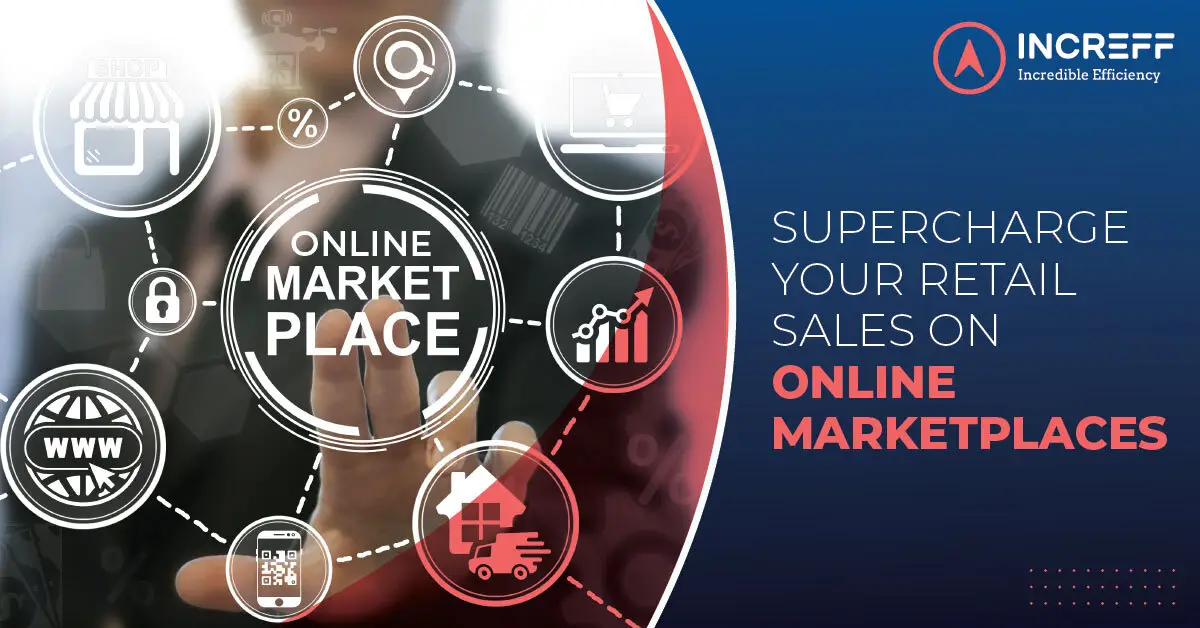
 Reshab Agarwal
Reshab Agarwal  4 minutes
4 minutes  3 July, 2023
3 July, 2023 